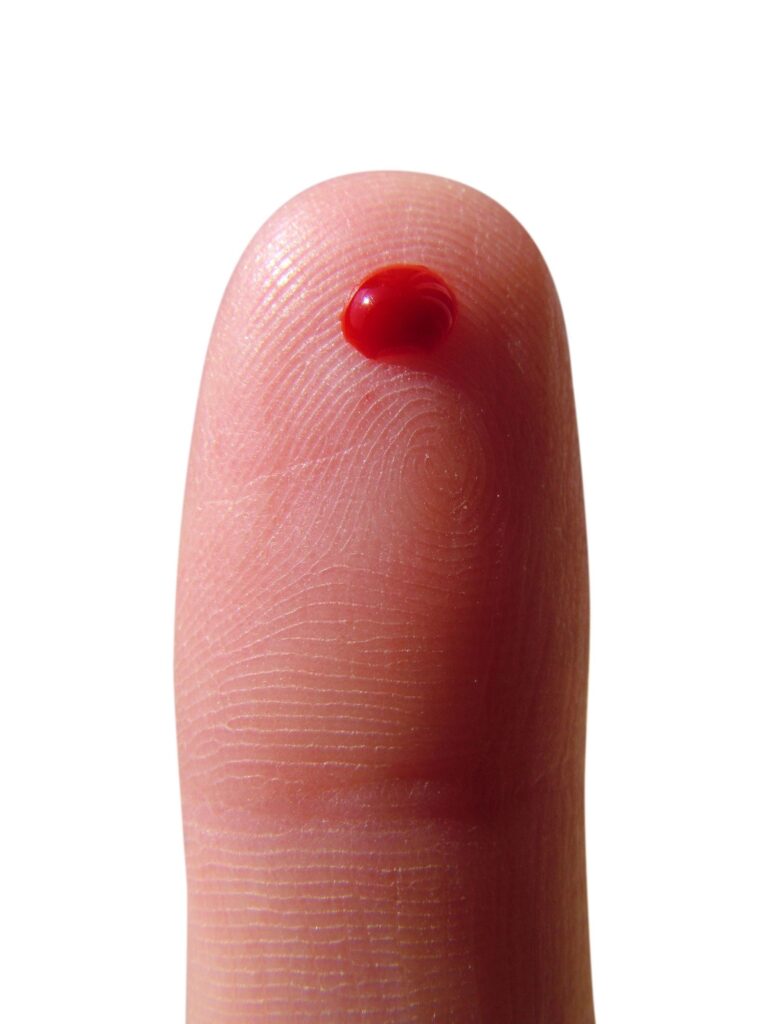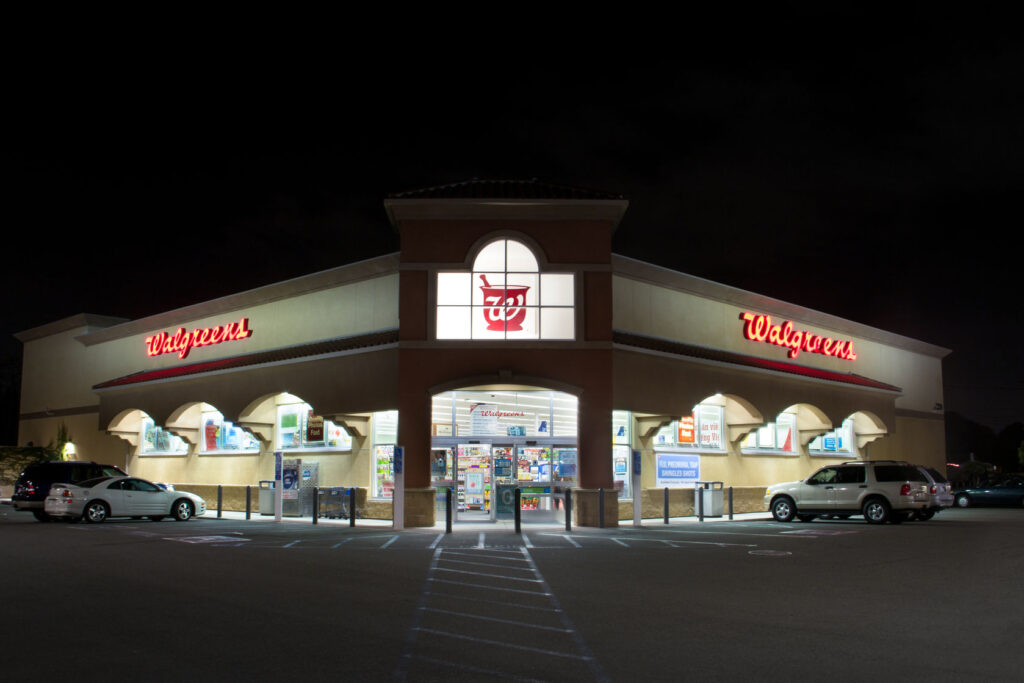It was the Silicon Valley Cinderella-story we all wanted to believe: a 19-year-old Stanford dropout launches a health-tech startup with new technology that is supposed to change the healthcare industry and improve patient care. And for about 10 years, Elizabeth Holmes, founder of Theranos, enjoyed much praise, success, and wealth, partnering with big companies like Walgreens and Capital BlueCross.
However last fall, everything came crashing down for Theranos. After talking to many former employees, an investigative journalist for Wall Street Journal, John Carreyrou, publishes his piece on Theranos. Carreyrou exposes evidence that suggests that Theranos does not do what they say they do. Most recently, we have seen the company come under federal investigation, void two years of blood-test results and the departure of the president and chief operating officer, Sunny Balwani. While we wait to see if Theranos will crash and burn, let’s take a look at the ordeal.
It was the best of times…

From just a single drop of blood, Holmes told investors and publications that she could perform up to 30 common lab tests.
In 2003, Elizabeth Holmes, a chemical engineering major at Stanford, drops out to launch Theranos. Holmes is one of many people that have a fear of needles. About 20 percent of these people will avoid medical treatment as a result. This leads Holmes to develop a device that can use just a drop of blood to run many lab tests.
With their signature Edison blood-testing device, Theranos maintained that they could do many of their blood tests with just a couple drops of blood. A small prick on the finger could lead to less anxiety for “needle-phobes” and make them more likely to seek medical treatment or testing. Holmes advertised that, from a single drop of blood, up to 30 common lab tests could be performed, and the results would be faster, more accurate, and far cheaper than conventional methods.
In 2006, Holmes is featured in Inc magazine’s “30 under 30” feature. By 2007, Theranos is valued at $197 million and just 3 years later in 2010, the company would be valued at $1 billion. In 2013, Theranos appears in the spotlight of the media with a partnership with Walgreens that would open 42 blood-testing wellness centers in the Phoenix area over the next two years. With a Walgreens partnership and big names on their board, Elizabeth “The Next Steve Jobs” Holmes is on top of the world.
By the end of 2014, it seemed that Holmes and her health-tech company was ready to change the entire healthcare industry. In the fall, Holmes finds herself on Forbes 2014 Wealthiest Americans list, estimated to be worth $4.5 billion, or half of Theranos value of a whopping $9 billion. Holmes finds herself on the cover of nearly every significant publication. But the company was raising some eyebrows in US tech-capital Silicon Valley. While still admiring the college dropout’s successful startup and sudden rise to fame and net worth, the question remained: how does Theranos do what they do?
No one knew how the technology worked.

In 2013, Walgreens and Theranos formed a partnership that opened 42 Wellness Centers in the Phoenix area over the next two years.
Even though the company was starting to be scrutinized and more people were asking questions, it was still growing. In March 2015, they partner with Cleveland Clinic, a nonprofit medical center, and in July, with Capital BlueCross in PA. Theranos has a pleasant summer and in mid-July, they got a CLIA waiver from the FDA allowing them to run their devices outside a laboratory.
It was the worst of times…
In mid-October, John Carreyrou publishes a piece to Wall Street Journal that questions how Theranos is actually doing what they say they are doing. The paper reports that the company is not actually using their technology for most testing because the FDA only approved one test to use the finger-prick technology. In speaking with former employees, Carreyrou was able to tell a shocking story of mismanagement and overstating the value of the Edison machines.
Holmes makes media appearances to defend her company, saying things like, “This is what happens when you work to change things, and first they think you’re crazy, then they fight you and all of a sudden, you change the world.” The next day, because of questions from the FDA, Theranos stops collecting blood samples using their “nanotainers”. A week later, the FDA would release an inspection report that criticizes Theranos use of the nanotainer and their Edison technology.

Wall Street Journal has said that they stand by their investigative journalist John Carreyrou, and his critical article regarding Theranos.
Towards the end of 2015, even though Holmes is saying that they are doing more tests than ever before, the floor was caving underneath Theranos. Walgreens stopped plans to open up any new Wellness Centers until they could get more information about Theranos technology. Within a month of the critical WSJ article, a potential $350 million deal with Safeway fell through. Theranos became subject to two federal investigations when two former employees sent complaints about lab practices: one to the Food and Drug Administration and the other to the Centers for Medicare and Medicaid Services (CMS).
It all falls down
Theranos’ fall from grace continued in 2016 with a CMS audit that put the lab at risk of being suspended from the Medicare program. At the end of January, the CMS put out a statement saying that the “deficient practices of the laboratory pose immediate jeopardy to patient health and safety.” Just a couple days after, Walgreens announced that no further customer tests will be done at the California Theranos lab.
Also following the CMS’ letter, Theranos stopped drawing blood from the Capital BlueCross Center in PA, and in February, Walgreens threatened to end their partnership if the issues addressed by the CMS were not fixed.

Theranos is under investigations from various organizations including the Food and Drug Administration, the Centers for Medicare and Medicaid Services, and the Securities and Exchange Commission.
Though Holmes is still defending her company and their technology, the fallout from Theranos continues. Earlier this month, Sunny Balwani, who was the president and chief operation officer of Theranos since 2009, left the company. His departure follows the news that the Securities and Exchange Commission and the U.S. attorney in San Francisco are now investigating the company.
Then just last week, Theranos announced that they would be voiding two years of Edison blood-test results. They have since given thousands of corrected blood test reports to doctors and patients, which includes annulling some results, and changing other results; changing the results that thousands of patients had already used to make health decisions with their doctors. This is a move to keep the California lab open and keep Holmes from a two-year blood-testing ban.
Theranos: Too good to be true?
Theranos future is unclear. Though they have stated they are going to be doing some organizational restructuring and is fully cooperating with their investigations (all of them), it seems that we are all going to witness the rise and fall of a health-tech startup that once looked to be the future of revolutionizing the heath care industry. While it is possible that Theranos may survive, more than likely we’ll be all be watching as companies continue to distance themselves, and waiting for the SEC and federal prosecutors to share results of their investigations. I guess Theranos is teaching us all a very tough lesson: unicorns don’t exist, and if it sounds too good to be true, it probably is.
